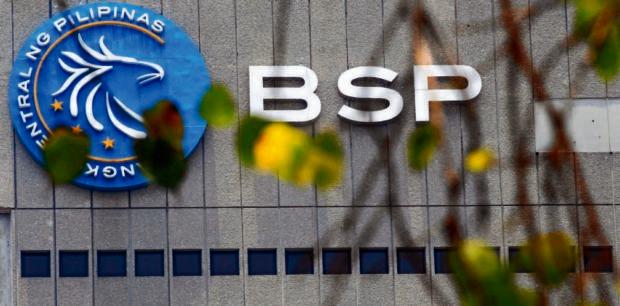The central bank expects the relaxed importation regime for key food items to help temper the Philippine inflation rate and bring it to within the government’s target range by year-end after pork supply problems starting late 2019 prompted a spike that has lasted for several months.
In an online press briefing, Bangko Sentral ng Pilipinas said the consumer price index would likely settle near the upper end of the 2-4 percent target set by the government this year, before easing toward the midpoint of the range in 2022 and 2023.
“In the coming months, the continued facilitation of meat imports and other targeted programs to augment domestic supply should further temper pressures on food prices and inflation,” the central bank chief said, as he also urged for continued fiscal interventions to help tamp down price increases in the local economy.
According to the central bank, the balance of risks to the inflation outlook “remains broadly balanced” around the baseline projection path over the policy horizon.
In particular, the uptick in international commodity prices due to supply-chain bottlenecks and the recovery in global demand could lend upside pressures on inflation, while the emergence of new coronavirus variants and delays in the easing of containment measures are seen to pose downside risks to both demand and inflation.
At the same time, the overall pace of recovery remains tentative amid the continued threat of COVID-19 infections, the agency believes.
“In this regard, the continued implementation of targeted fiscal initiatives as well as the acceleration of the government’s vaccination program should facilitate the gradual reopening of the economy and thus strengthen market confidence,” Diokno said.
Because of these factors, the central bank chief said monetary policy would “need to remain accommodative for as long as necessary in order to ensure the recovery of the economy.”
“Sustained monetary policy support should help the economic recovery gain more traction, especially as risk aversion continues to temper credit markets and overall activity,” he said.
The BSP’s latest survey of inflation expectations of private sector economists as of June 2021 indicated a lower mean inflation forecast for 2021 and higher mean inflation forecasts for 2022 and 2023 relative to the March 2021 survey.
For this year, analysts saw the risks to the inflation outlook as tilted toward the upside owing to potential supply disruptions, rising global crude oil prices, the positive impact of the continued rollout of vaccines on domestic demand and economic activity, and base effects.
Meanwhile, downside risks to inflation are linked mainly to subdued domestic demand due to reduced purchasing power and the continued implementation of quarantine restrictions. Favorable weather conditions and the timely government interventions to ease food supply constraints are also expected to help alleviate price pressures.
“Looking ahead, the BSP will remain vigilant against any emerging risks to the outlook for inflation and growth in order to ensure that monetary policy settings remain in line with its price and financial stability mandates.”
